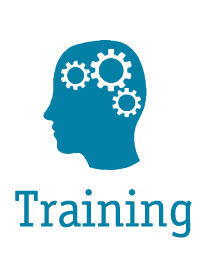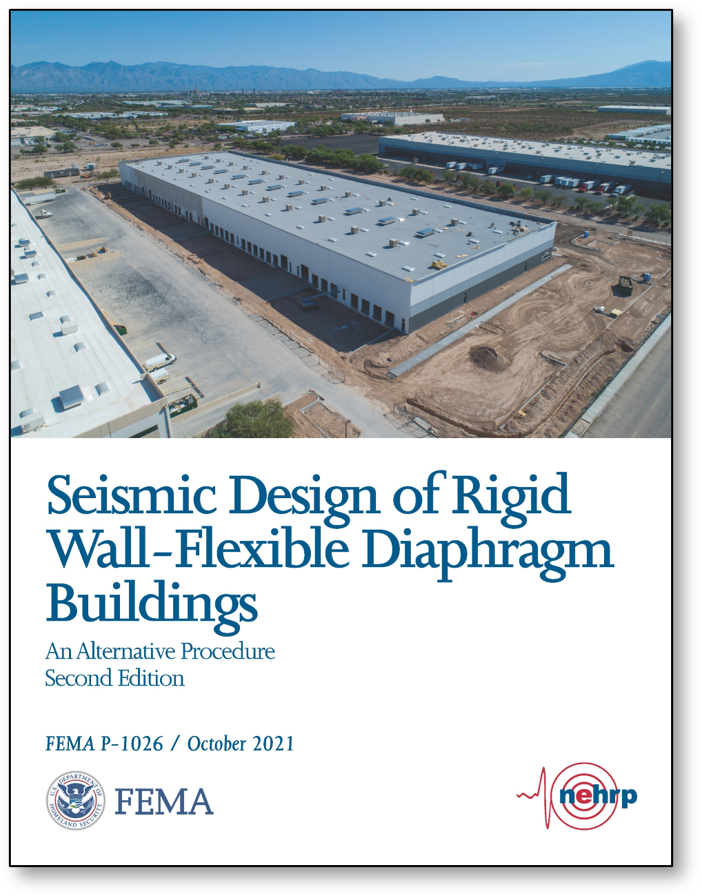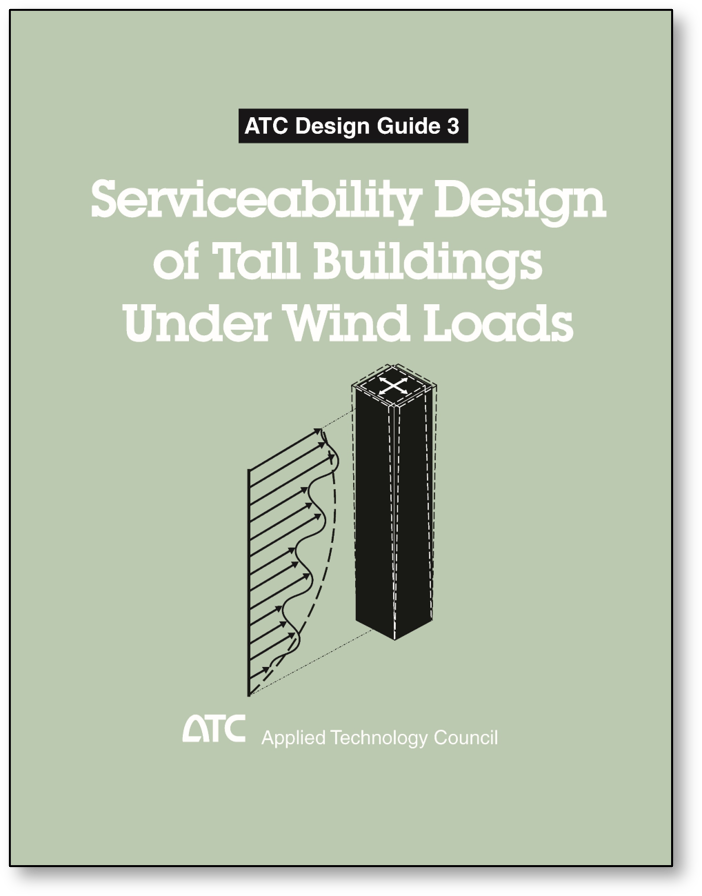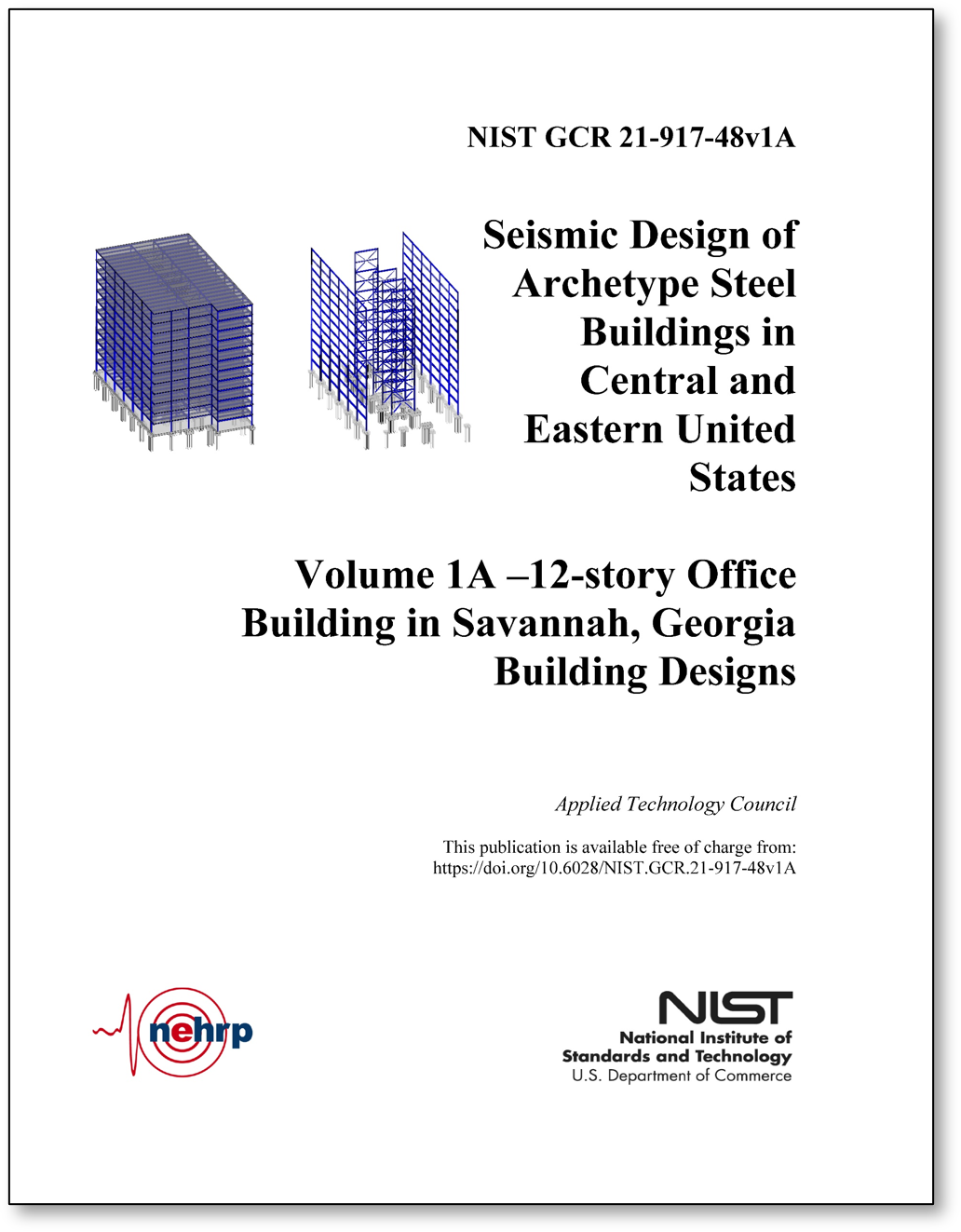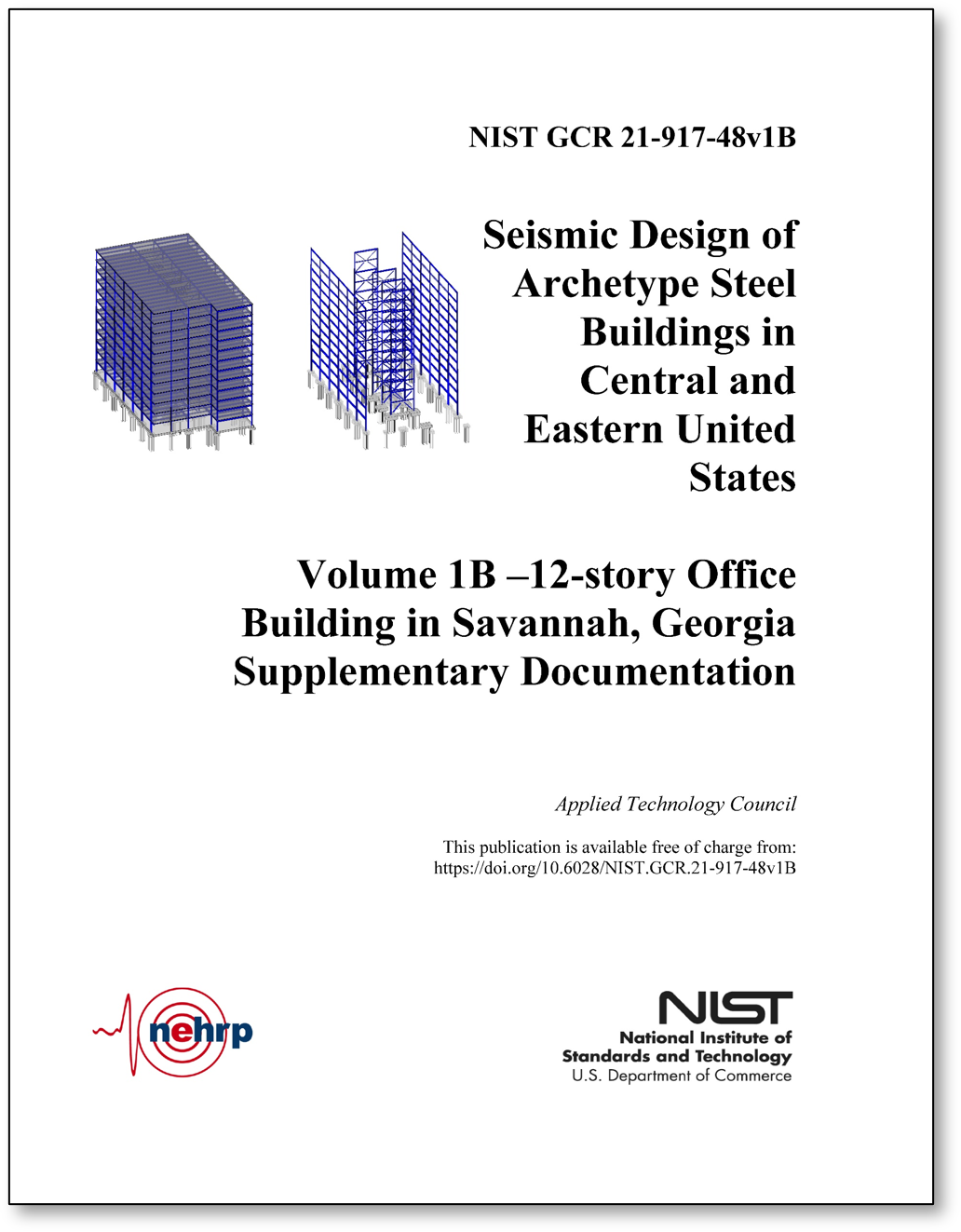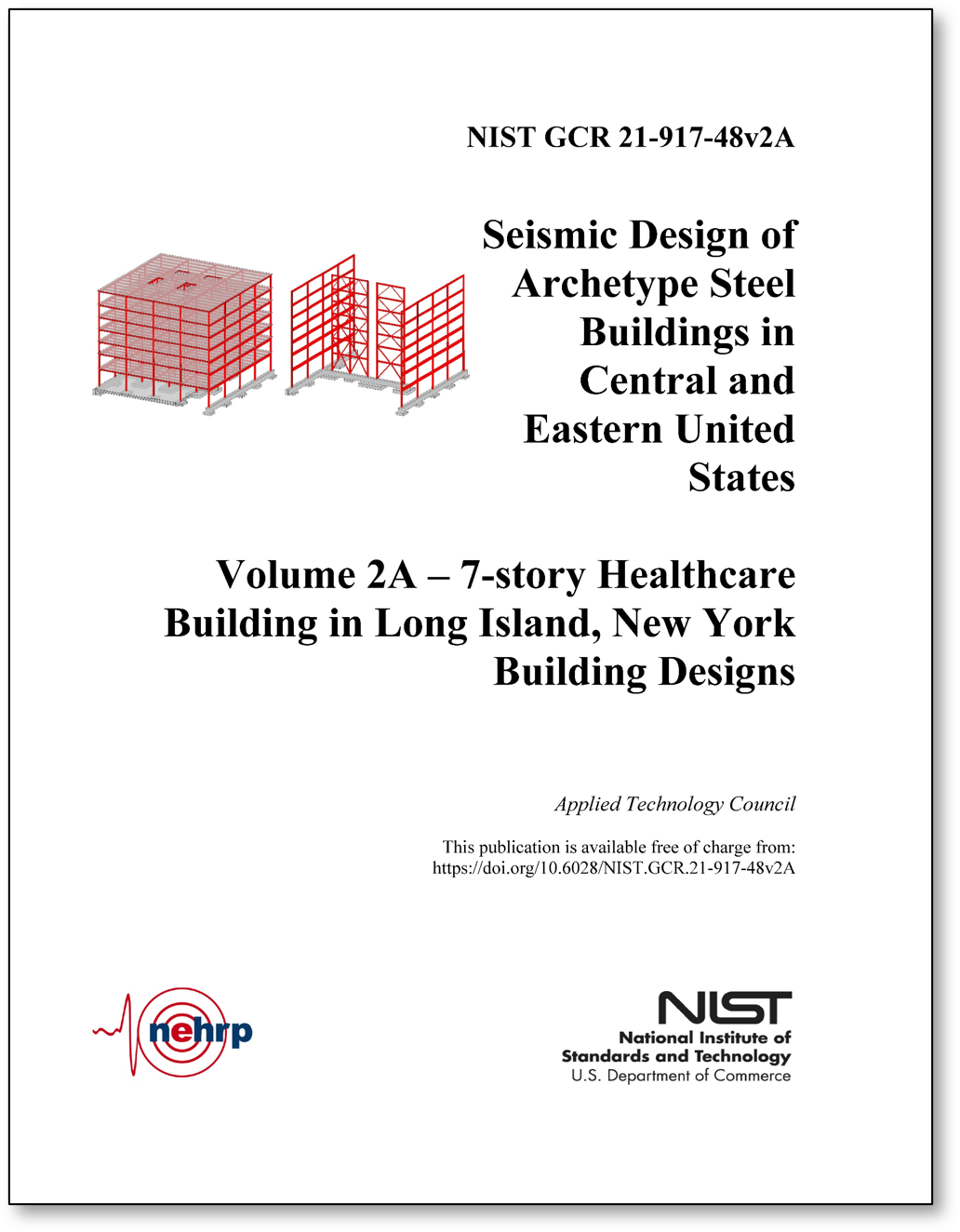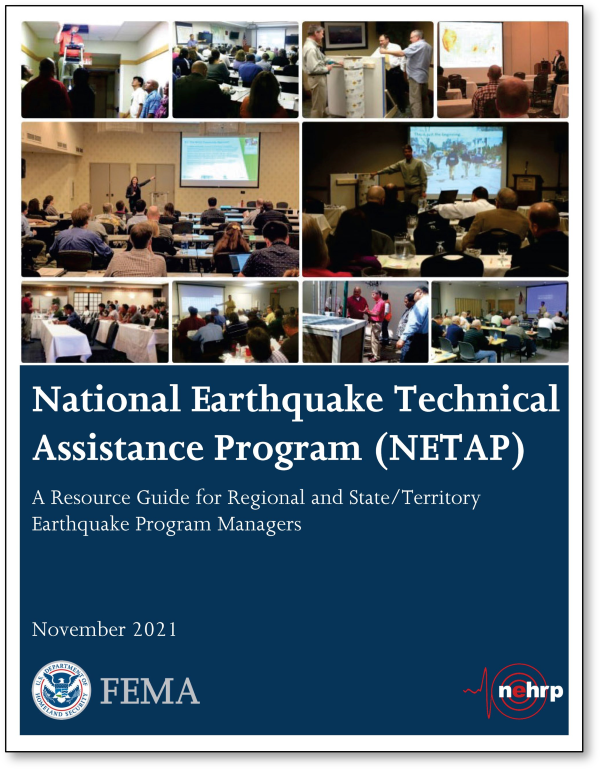Project Title: ATC-165 Project, Seismic Technical Advisory Committee
Client: ESAS Holding, Istanbul, Turkey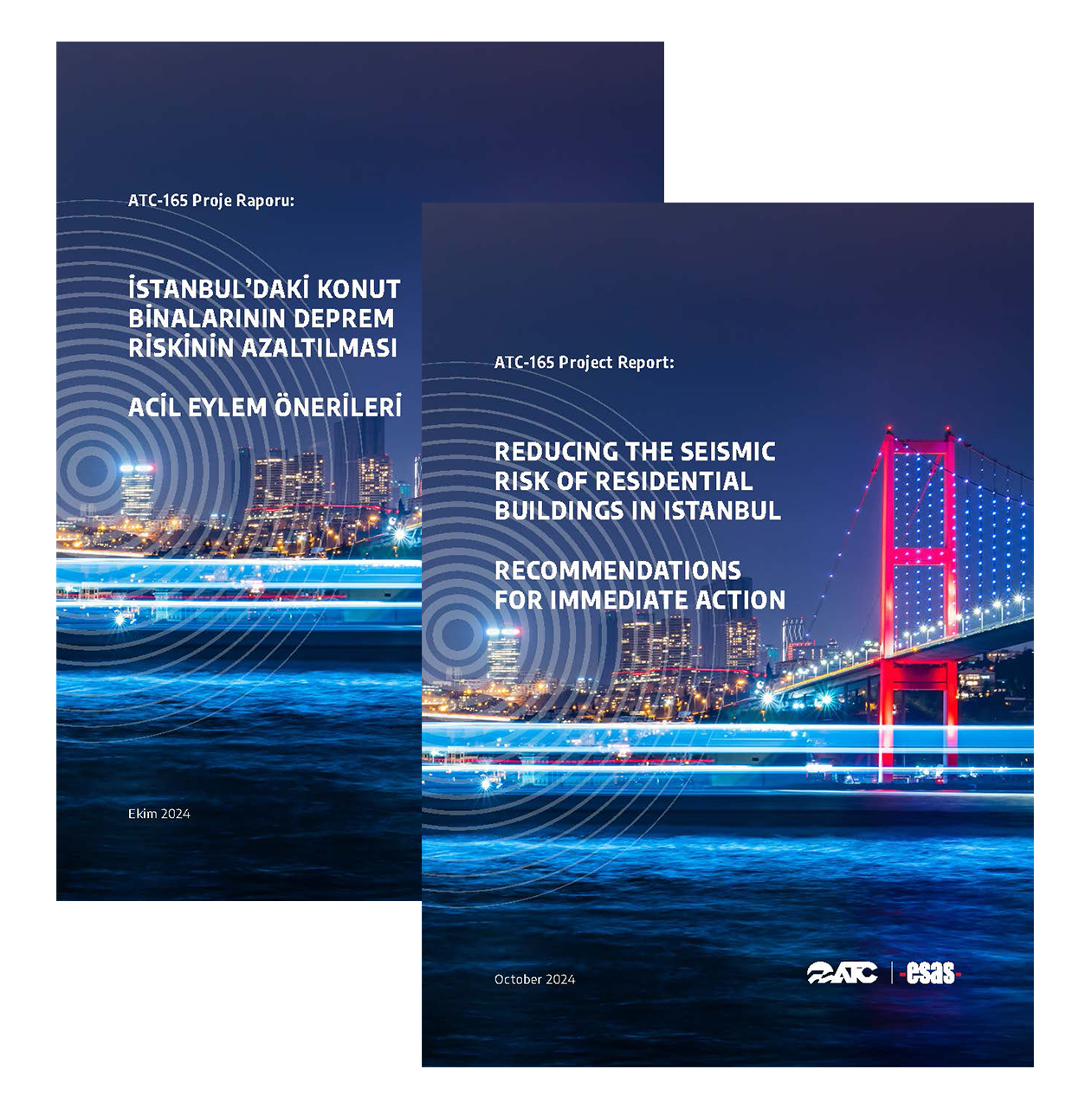
Purpose: This project aims to support improving the seismic safety and resilience of Türkiye by initiating a new and effective plan for reducing earthquake risk to residential buildings in Istanbul. To this end, a Seismic Technical Advisory Committee was formed and their efforts focused on the following objectives:
- Identify key challenges and gaps towards improving the seismic safety of buildings in Istanbul, with a specific focus on residential buildings;
- Identify promising existing initiatives in Türkiye that can be built upon for further impact;
- Understanding this context, identify potential feasible solutions that have been successfully implemented in other countries, including technical approaches and policy and financing considerations;
- Begin to identify how to effectively adapt these solutions to the local context of Istanbul and link them to recommended pathways for further exploration.
Final Report: A report entitled Reducing the Seismic risk of Residential Buildings in Istanbul, Recommendations for Immediate Action, was published in October 2024 in English and Turkish, summarizing the discussions and resulting recommendations from an international workshop held in Istanbul on March 12-13, 2024.
The English language version of the report is available for download here.
The Turkish language version of the report is available for download here.

